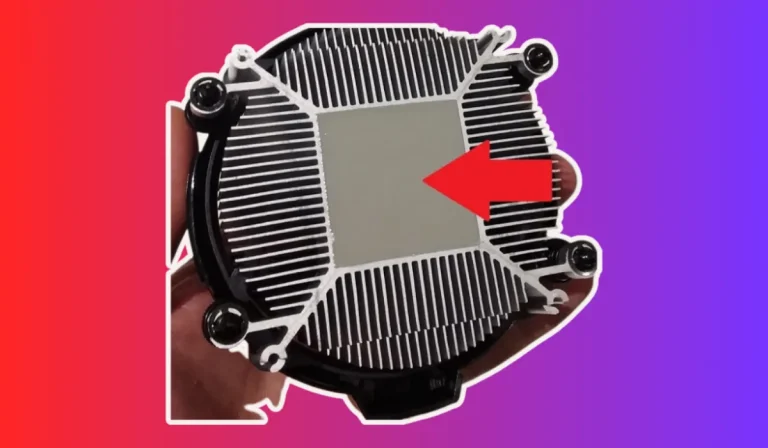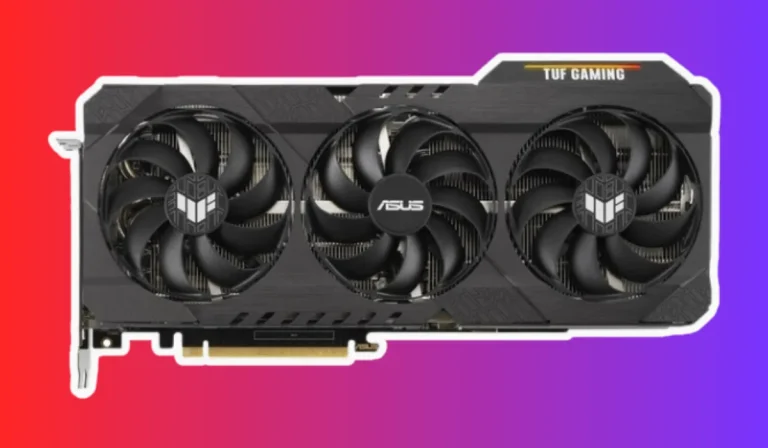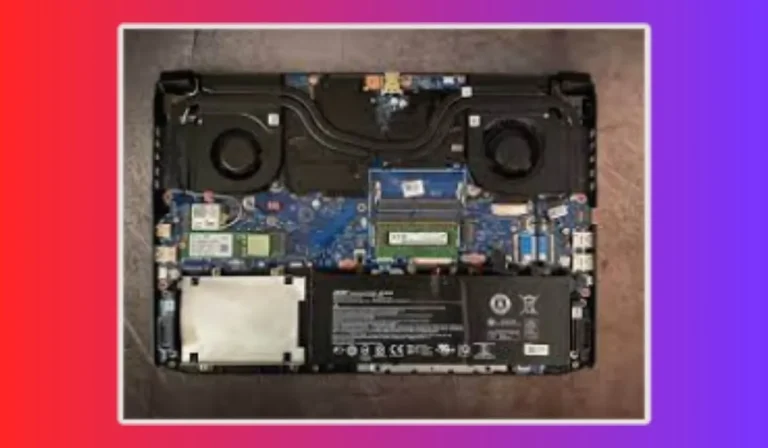How Many Cores in a Standard GPU?
Are you curious about how many cores are in a standard GPU? Well, you’ve come to the right place! In this blog post, we’ll unravel the mystery behind GPU cores and their impact on performance.
Whether you’re a gaming enthusiast or a computer graphics aficionado, understanding GPU cores is crucial for optimizing your experience. Let’s dive in and explore this fascinating aspect of graphics processing!
How GPU Cores Impact Performance
When it comes to graphics processing, GPU cores play a vital role in determining performance. These tiny powerhouses are responsible for handling the complex calculations required for rendering images and videos on your screen.
Understanding the Role of GPU Cores
GPU cores are like the engines of your graphics card. They are designed to execute multiple tasks simultaneously, thanks to their parallel processing capabilities. The more cores a GPU has, the more tasks it can handle at once, resulting in faster and smoother graphics processing.
Parallel Processing and Speed
Imagine you’re trying to paint a large picture. With just one brush, it would take you a considerable amount of time to complete the artwork.
However, if you had multiple brushes working simultaneously, you could finish the painting much faster. GPU cores work similarly. They divide the workload among themselves, allowing for efficient parallel processing and speeding up graphics rendering.
Complex Calculations and Real-time Performance
Modern games and graphics-intensive applications require complex calculations to deliver realistic visuals in real time. GPU cores excel at handling these calculations quickly and efficiently, ensuring a seamless gaming experience or smooth video playback.
The more cores a GPU has, the faster it can perform these calculations, resulting in higher frame rates and better overall performance.
Optimizing Workloads and Multitasking
In addition to gaming, GPUs are also used for tasks like video editing, 3D modeling, and scientific simulations. GPU cores help optimize workloads by distributing tasks across multiple cores, allowing for efficient multitasking. This means you can render a video, apply effects, and preview the results simultaneously without sacrificing performance.
How Many Cores Do Standard GPUs Have?
If you’ve ever wondered how many cores are packed into a standard GPU, you’re not alone. The core count of a GPU is a crucial specification that can affect its performance in various tasks, from gaming to graphic design. Here, we will take a closer look at the typical number of cores you can expect to find in standard GPUs.
Understanding Standard GPU Cores
Standard GPUs come in a range of models, each with its own set of specifications. One of the key specifications to consider is the number of cores.
Cores are like the workers of your GPU, responsible for executing calculations and processing data. The more cores a GPU has, the more efficiently it can handle complex tasks.
Variations in Core Counts
Standard GPUs can vary in core count depending on the model and intended usage. Entry-level GPUs typically have fewer cores, ranging from 384 to 896 cores.
Mid-range GPUs offer a step up, with core counts falling within the range of 1024 to 2048. High-end GPUs, designed for demanding applications and gaming, can boast core counts that exceed 3000, providing exceptional performance.
Factors Influencing Core Counts
Several factors influence the core count of a standard GPU. Technological advancements, manufacturing processes, and the target market all play a role.
Manufacturers aim to strike a balance between performance and affordability, determining the optimal number of cores for a specific GPU model.
Common Core Counts in Standard GPUs
While core counts can vary, there are common core counts you’ll often encounter in standard GPUs. For entry-level GPUs, you can expect around 800 to 1000 cores.
Mid-range GPUs typically fall in the range of 1500 to 2000 cores. High-end GPUs, designed for enthusiasts and professionals, can have core counts surpassing 2000, delivering exceptional performance for demanding tasks.
Future Trends in GPU Cores
As technology continues to advance at a rapid pace, the world of GPUs (Graphics Processing Units) is also evolving. Here, we will explore the future trends in GPU cores, shedding light on the exciting developments that lie ahead. From increased core counts to innovative architectures, we will delve into what the future holds for GPU cores.
Growing Core Counts
One prominent trend in GPU cores is the steady increase in core counts. Manufacturers are pushing the boundaries by developing GPUs with higher core densities.
This allows for more parallel processing, resulting in improved graphics performance and faster computations. As applications and games become more demanding, higher core counts will play a significant role in meeting those requirements.
Specialized Cores
Another exciting development in GPU cores is the emergence of specialized cores. Instead of relying solely on general-purpose cores, GPUs are now incorporating specialized cores tailored for specific tasks.
For instance, ray tracing cores enhance realistic lighting and reflections, while AI cores accelerate machine learning algorithms. This trend enables GPUs to excel in specific areas, providing more efficient and realistic graphics rendering.
Advanced Architectures
GPU architectures are evolving to maximize performance and efficiency. Manufacturers are introducing innovative designs that optimize power consumption while delivering impressive graphics capabilities.
Future architectures may include features like cache improvements, improved memory bandwidth, and enhanced instruction sets, enabling GPUs to handle increasingly complex computations with ease.
Integration with AI and Machine Learning
The integration of GPUs with AI and machine learning is a promising trend. GPUs possess immense parallel processing capabilities that can accelerate AI algorithms and deep learning tasks.
This convergence opens up new possibilities for applications like image recognition, natural language processing, and autonomous driving, where GPUs can significantly boost performance and efficiency.
Focus on Energy Efficiency
Energy efficiency is a key concern in the development of future GPU cores. Manufacturers are striving to strike a balance between performance and power consumption.
By designing GPUs with higher performance per watt, they aim to deliver improved graphics performance while minimizing energy requirements. This trend not only benefits consumers but also contributes to a more sustainable computing ecosystem.
FAQ’s
1. How many cores are typically found in a standard GPU?
The number of cores in a standard GPU can vary, but typically, entry-level GPUs have around 384 to 896 cores, mid-range GPUs have 1024 to 2048 cores, and high-end GPUs can exceed 3000 cores.
2. What is the significance of the number of cores in a GPU?
The number of cores in a GPU determines its processing power. More cores generally result in better performance, allowing for faster calculations and smoother graphics rendering.
3. Do more cores always mean better GPU performance?
While more cores generally indicate better performance, it’s not the sole factor. Other aspects like clock speed, memory, and architecture also influence GPU performance.
4. Are higher core counts only beneficial for gaming?
Higher core counts are beneficial not only for gaming but also for tasks that require intensive graphics processing, such as video editing, 3D modeling, and scientific simulations. More cores enable faster computations and improved performance in these applications.
5. Can a GPU with fewer cores still provide satisfactory performance?
Yes, a GPU with fewer cores can still provide satisfactory performance, depending on the specific requirements of your tasks or games. It’s important to consider the balance between core count, clock speed, memory, and other factors to ensure the GPU meets your needs within your budget constraints.
Conclusion
The number of cores in a standard GPU is a crucial factor that determines its processing power. While more cores generally mean better performance, it’s important to consider other specifications like clock speed and memory. Understanding your specific needs will help you choose the right GPU for an optimal graphics experience.



